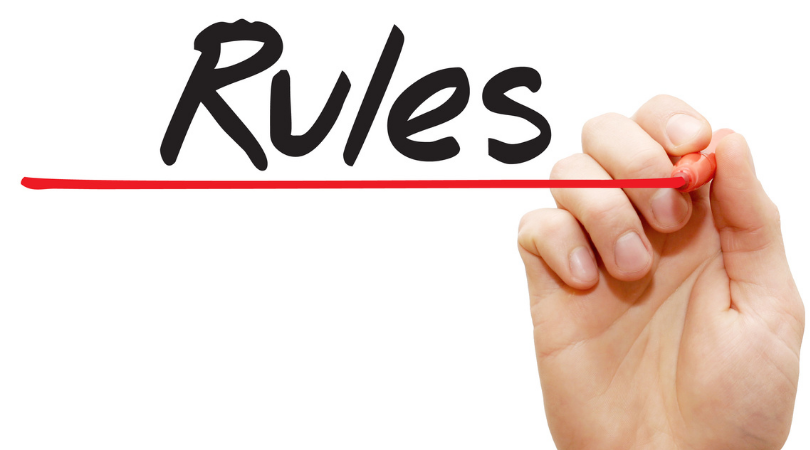
Is It Time To Change Your Loyalty Proposition? It Meh Be
In the third quarter of 2021, nearly four in 10 consumers switched products or brands, suggesting that some habitual purchases had become so rote they were more “meh” than “must.”
Yes, product shortages were a key culprit for the brand changes, but never mind that – regardless of the reason, these customer decisions altered the routines that long secured sales for many goods and services, from toilet paper to airline flights. Every merchant knows the value of trial, and that’s what the pandemic triggered on a massive scale.
If you’re a company that gained lots of new customers this way, bully for you. My company has seen this first hand, with average per-customer bills that are higher due to inflation. But even then, keeping them – as well as winning back those customers who’d rather switch than fight the wait – won’t be as easy as it used to be. Our client, Rally’s Checkers, is experiencing this, as people traded down to eat at what’s considered fast food from sitdown restuarants. The reason we’re in the mix now is because they want to hold onto all these new customers.
Organizations should be leaning hard on their loyalty programs to help fix things – to track the points of customer breakage and behavioral shifts, choose the right words to re-engage members and to wow them with experiences that are better than remembered.
But New Consumer Behaviors Require A Few New Rules
Marketers should adopt one new rule, let’s say, for each of the three performance requirements of loyalty: Outstanding data analytics, precise communications and spot-on personalized experiences. To that end, here are three core loyalty practices and new rules to guide them in 2022.
Requirement 1: Outstanding Data Analytics
The new rule: For risk reduction, the Monte Carlo method is your all-inclusive resort. The Monte Carlo method is a risk analysis designed to process predictable and less-predictable factors – such as the economic repercussions of a global pandemic. The method performs computerized simulations based on whatever data variables the user enters (such as a global economic shutdown), and then generates a series of outcomes, as well as the likelihood of each. It’s a proven method, but its effectiveness in 2022 will rely on a particular balance of certain and uncertain data variables. If the goal is to increase profits per customer, the input variables might logically include the cost of employees and of marketing. However, experience has taught us that the variables now should also include the effect of rising prices (inflation); the cost of shipping versus curbside pickup versus in-store purchases; and changes in employee numbers or salaries. It might be useful to fold some monthly and seasonal analysis into the results to gauge behavioral fluctuations in the midst of industry changes, such as product shortages.
Requirement 2: Precise Communications
The new rule: Learn to listen via customer sentiment analysis. To roughly quote the pianist and humorist Victor Borge: The shortest distance between two people is a smile. When you don’t see your customers, and their communications are gathered via online feedback such as social media, that “smile” can be misinterpreted as a sign of approval when it actually is not. Customer sentiment analysis helps better interpret feedback, by deploying sets of algorithms designed to analyze customer language and detect whether their emotions are positive, negative or neutral. This “natural language processing” can apply to social media communications (indirect) or survey responses (direct). Super-effective programs will be able to distinguish sarcasm from true-blue sentiments, a valuable asset when culling through large data sets, such as surveys. Based on the results, an organization can tweak its messaging, the timing and channels for customer sets; even addressing head-on negative or sardonic comments. So in the end, your communications clearly state: “We get you – and we’ve got you.”
Requirement 3: Spot-On Personalized Experiences
The new rule: Tomorrow’s experience must be better than today’s. None of us is the same tomorrow as we are today, because the events of today (like a quarantine) shape our expectations and inform our decisions. Remember the Monte Carlo method? The data inputs used in that process should be refreshed regularly, depending on the frequency of your customer transactions, to factor in new variables. If customers respond very positively to a new service experience, their expectations will change and therefore that experience needs to rise to the occasion – but just enough to keep them interested and wanting more. For this, companies will need to rely on advancing technologies such as machine learning, but don’t overlook commonplace, battle-proven tools, particularly dashboards, which by now should employ machine learning and artificial intelligence as well. The combination will ensure the company is meshing and modeling the most complex data sets, to be alerted to notable variations in customer trajectories and pinpoint the cause of the changes.
Meh-be It Is Time For A Change
Finally, let’s add a fourth rule: Be flexible. New efforts don’t have to be perfect the first time. It’s more important to prove to customers that a company recognizes the need to step up, step in their path and win them over – with genuine efforts. Everyone likes to be wooed, but most consumers are smart enough to spot inauthenticity.
Brand-switching, or company switching, is not a phenomena born of the pandemic, but the lockdown sure nurtured a growth spurt. We have to work harder to stunt that growth. Because saying “meh” is not simply a sign of faltered loyalty; it’s a sign of indifference. Every organization, and shopper, deserves more.
This article originally appeared in The Wise Marketer.



